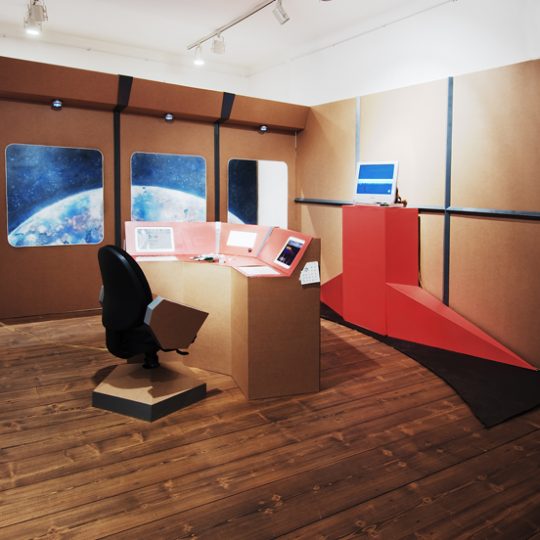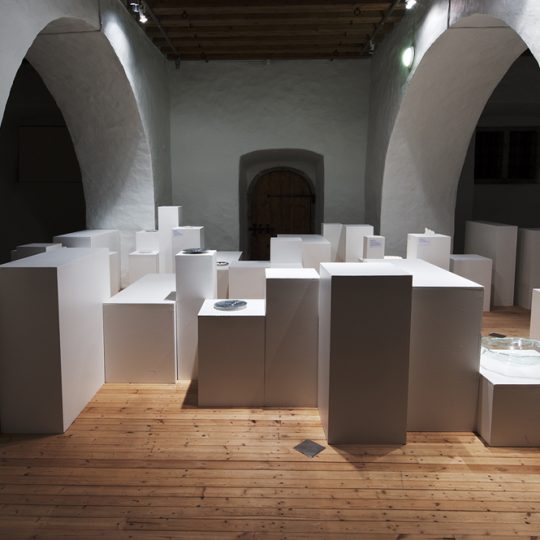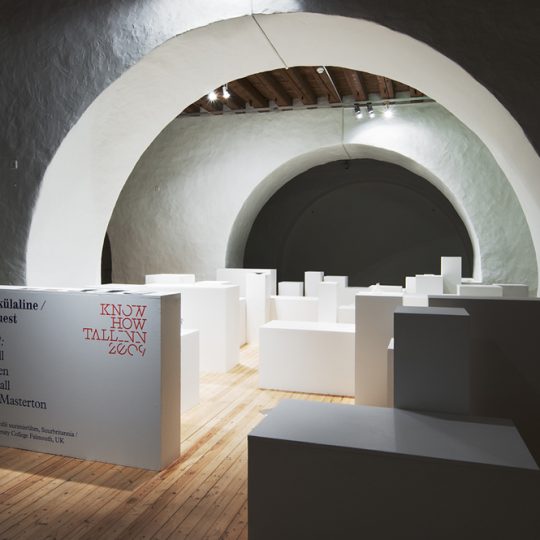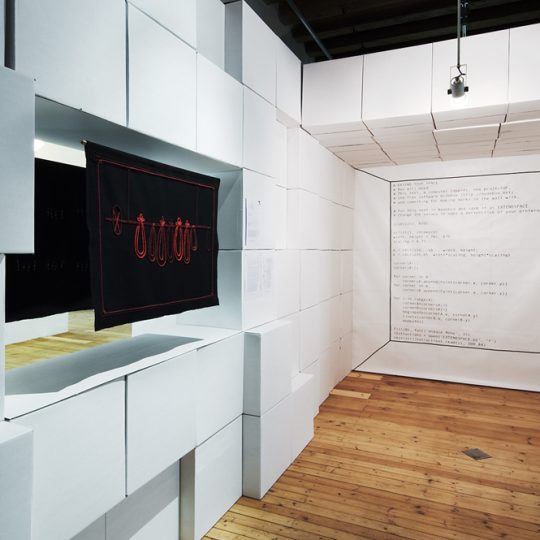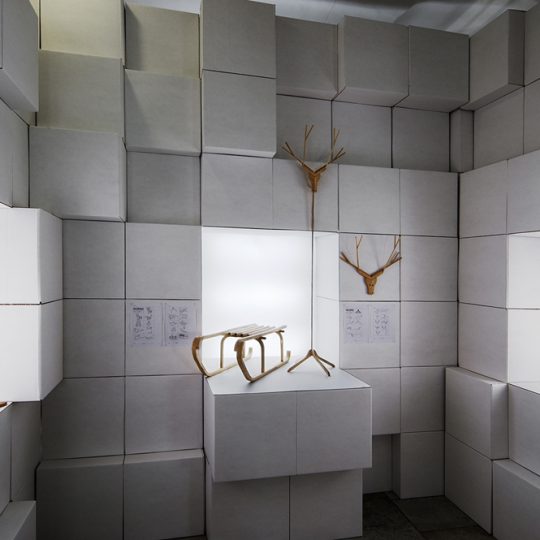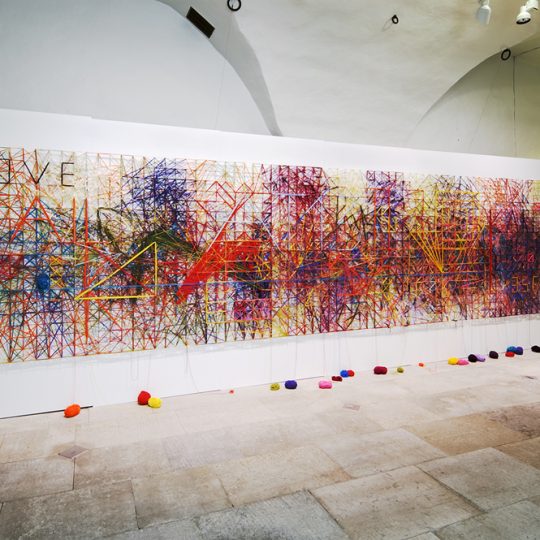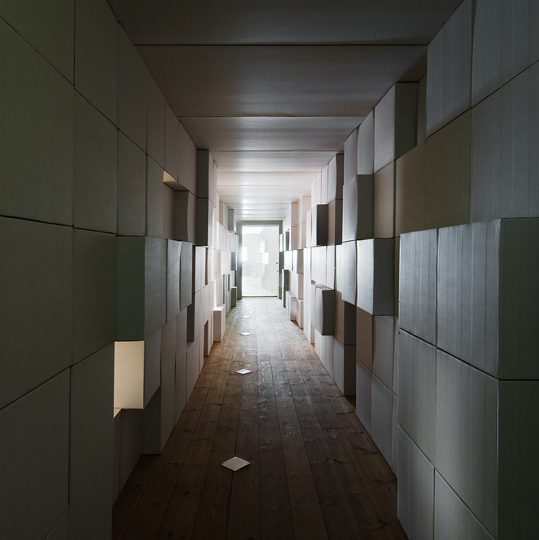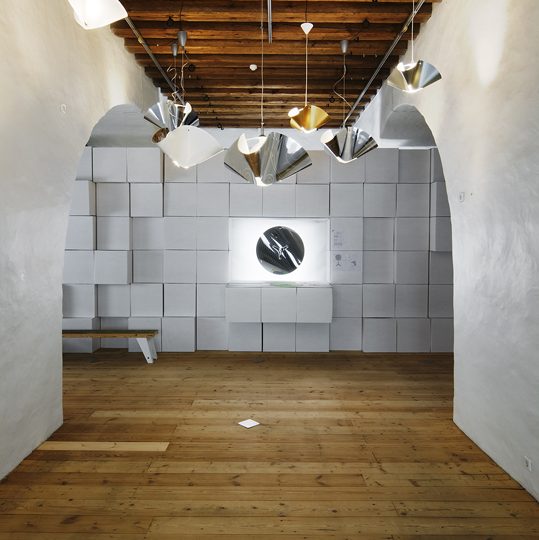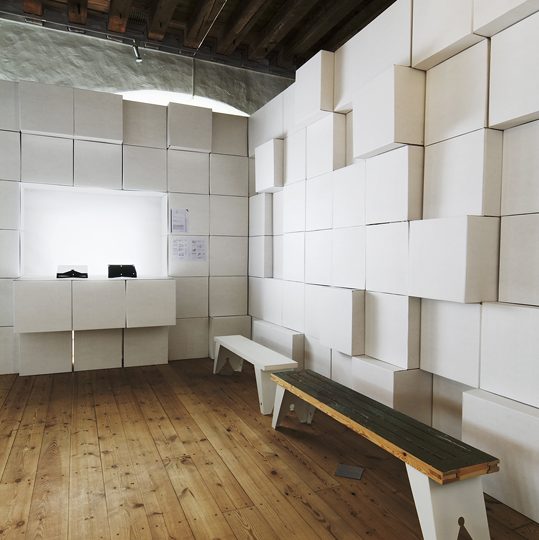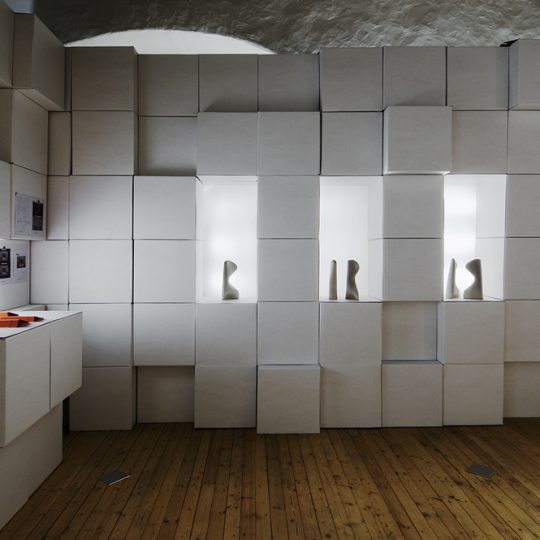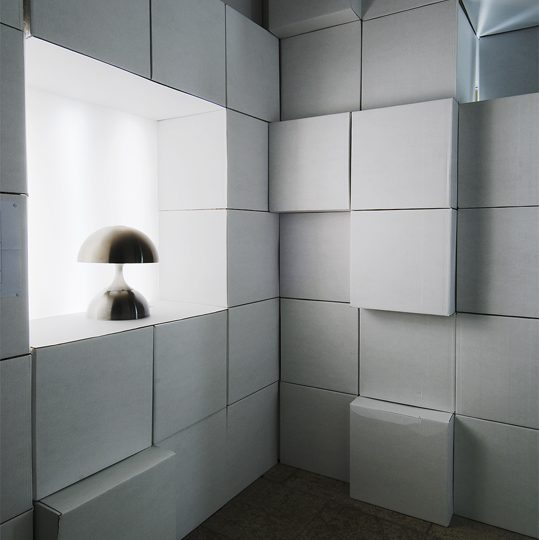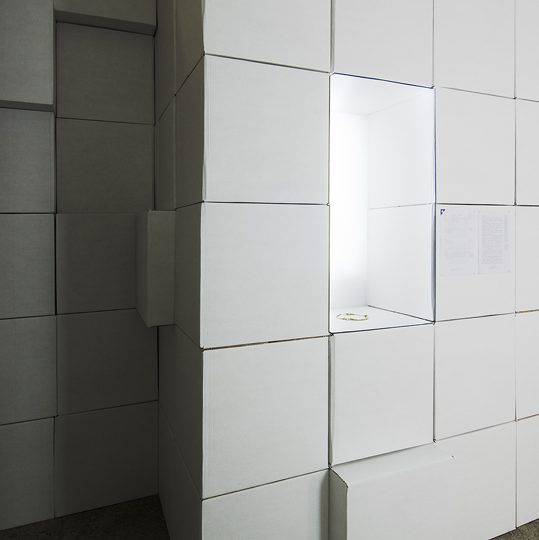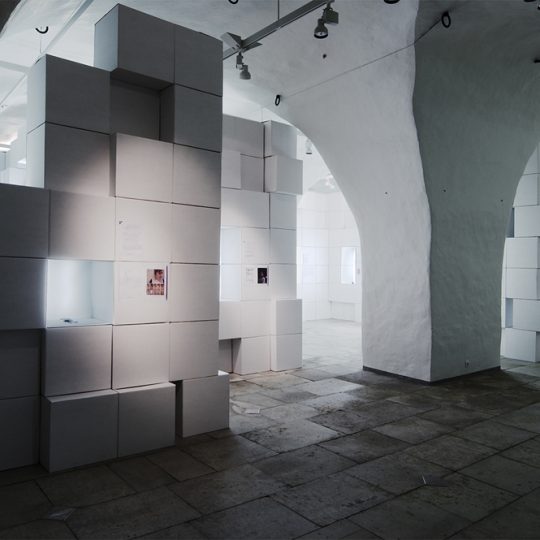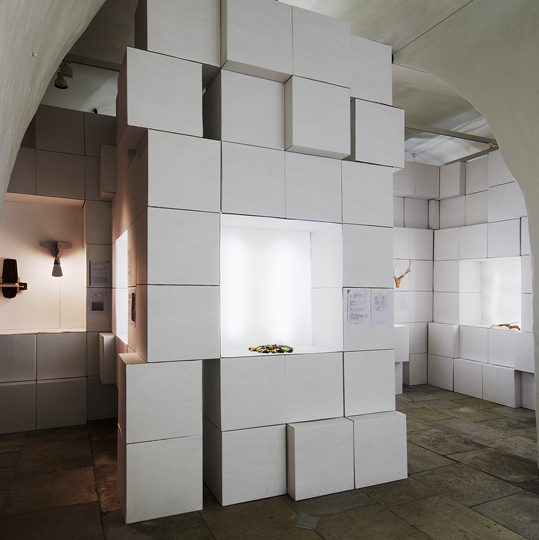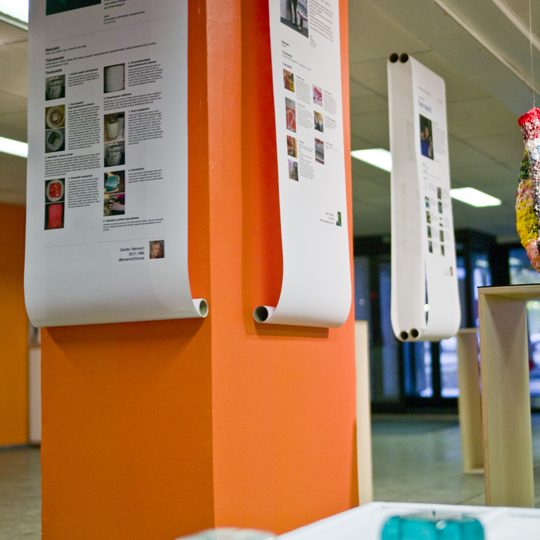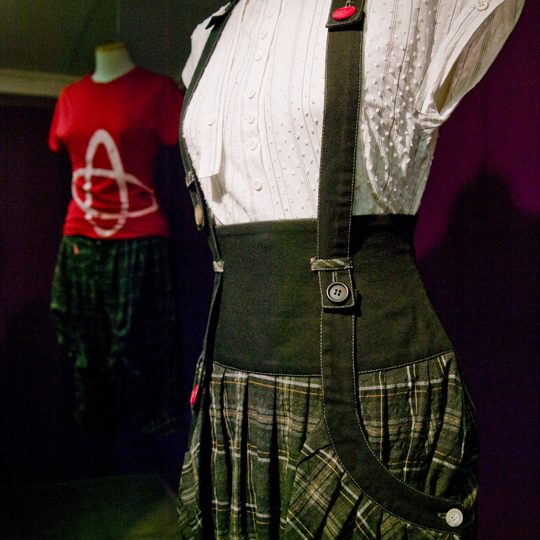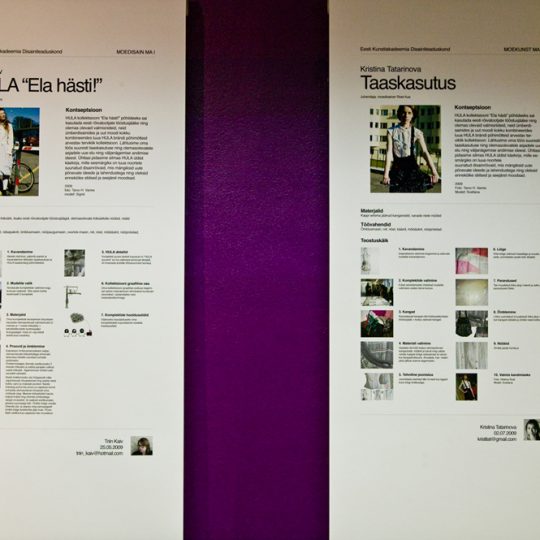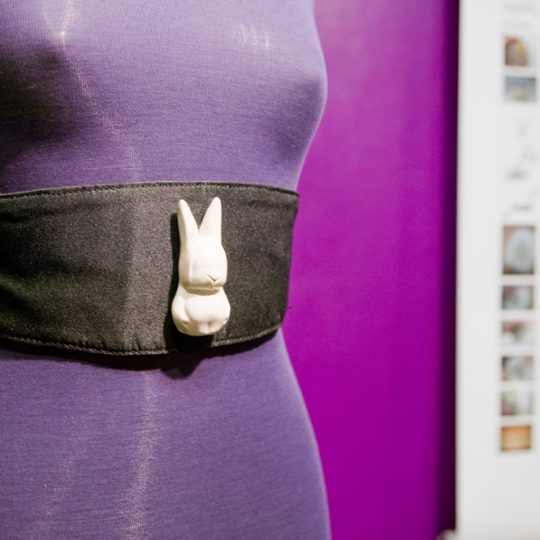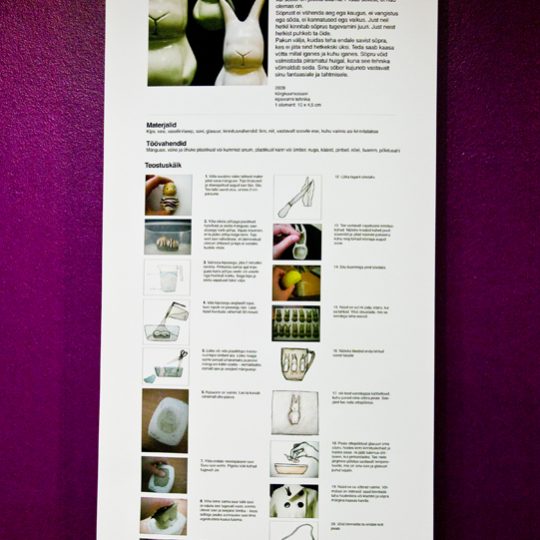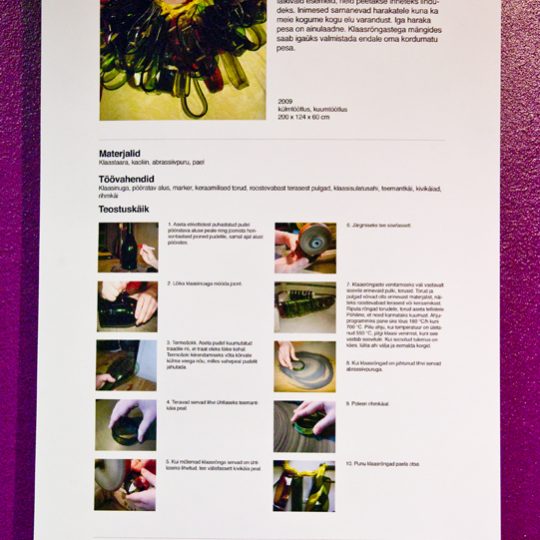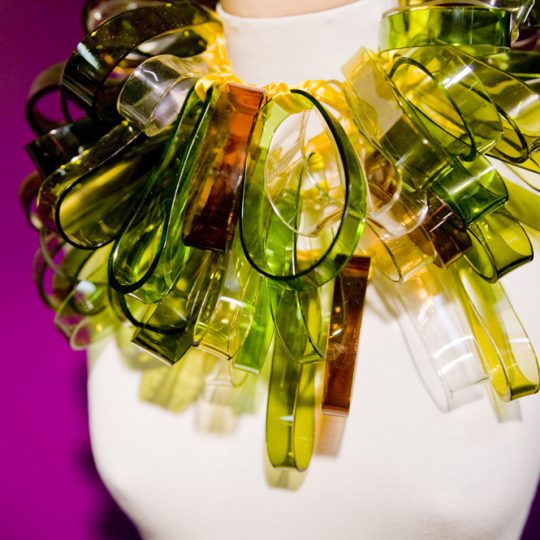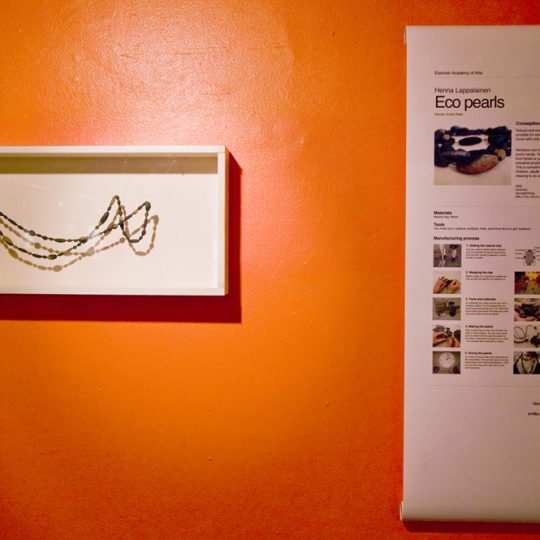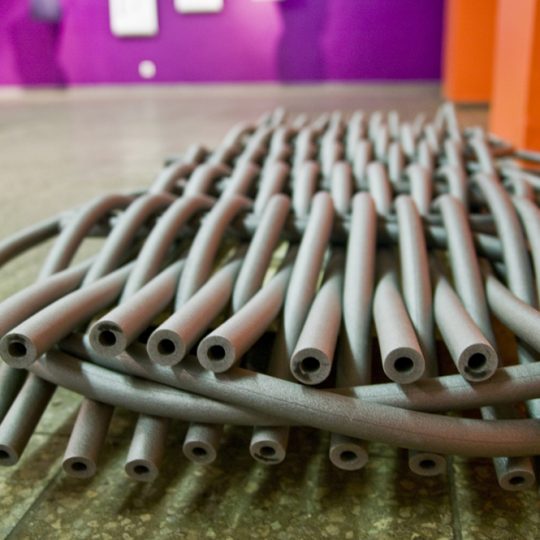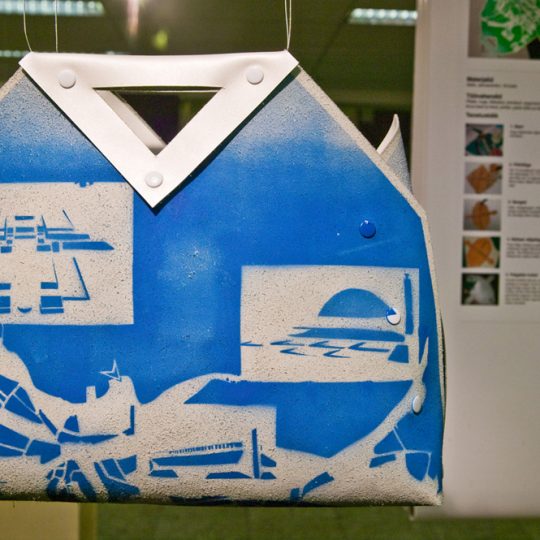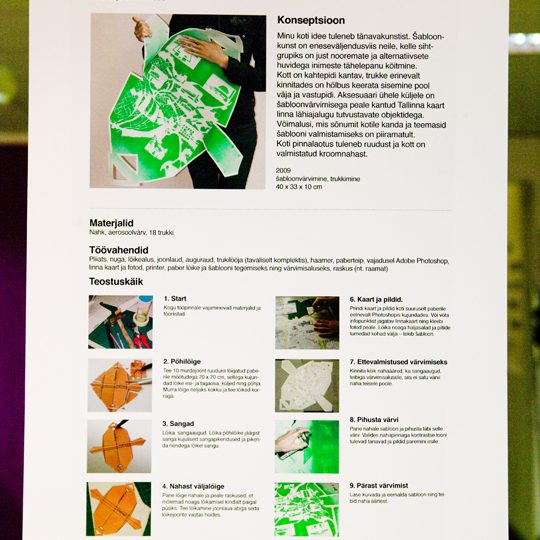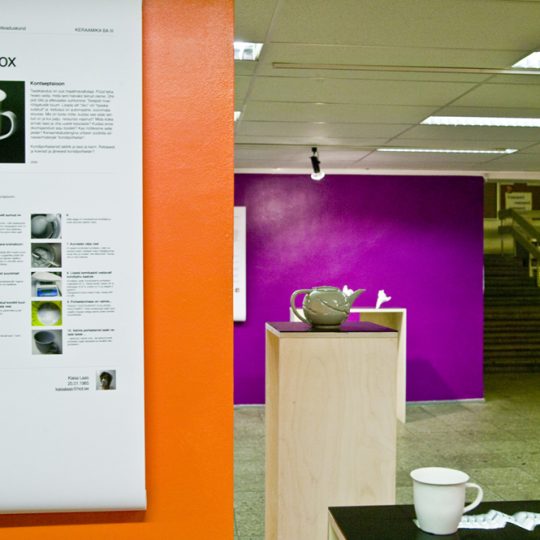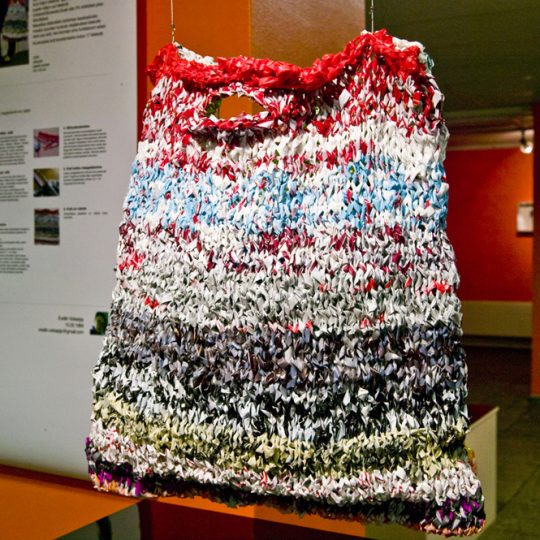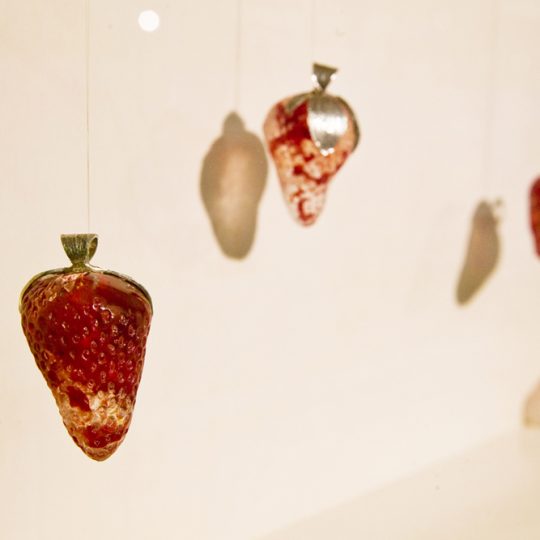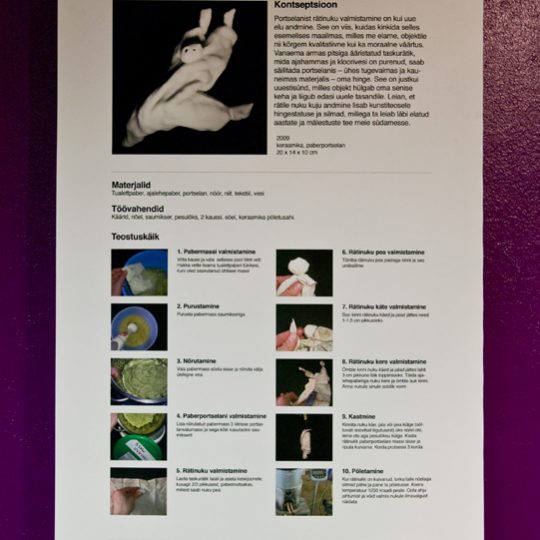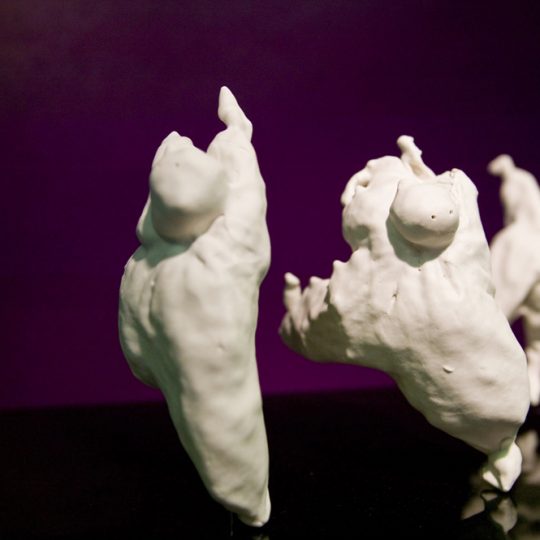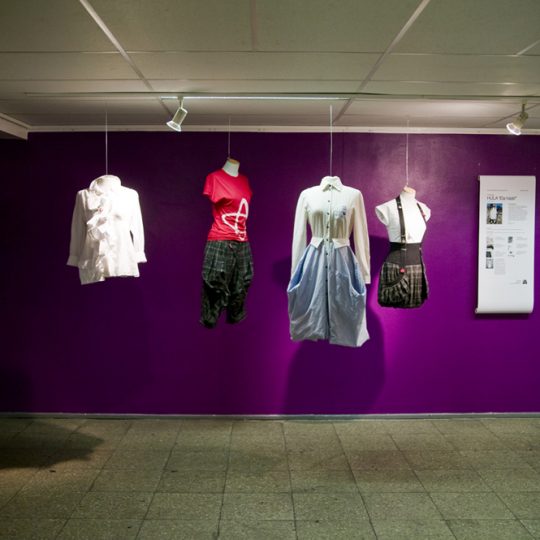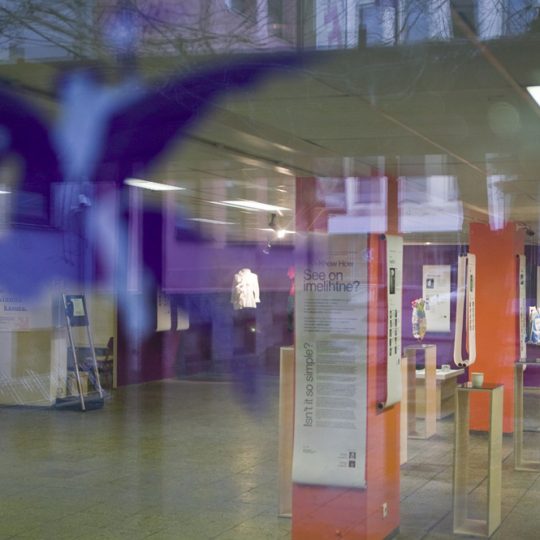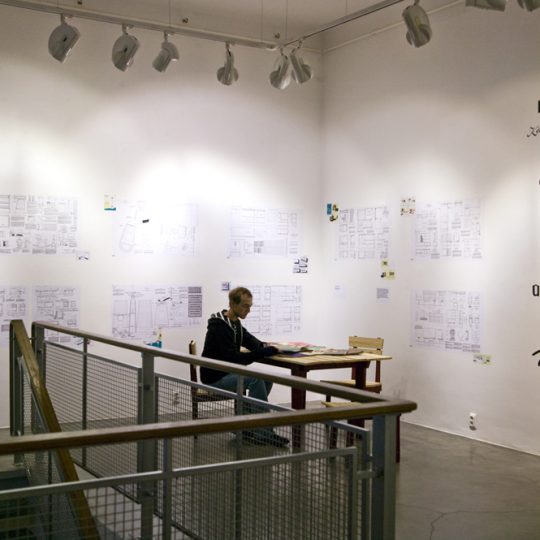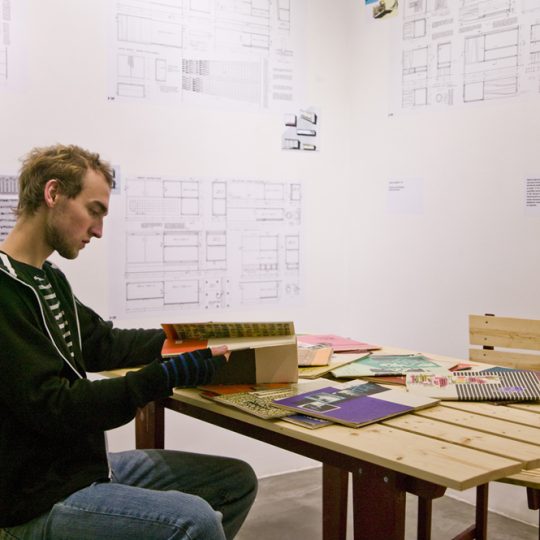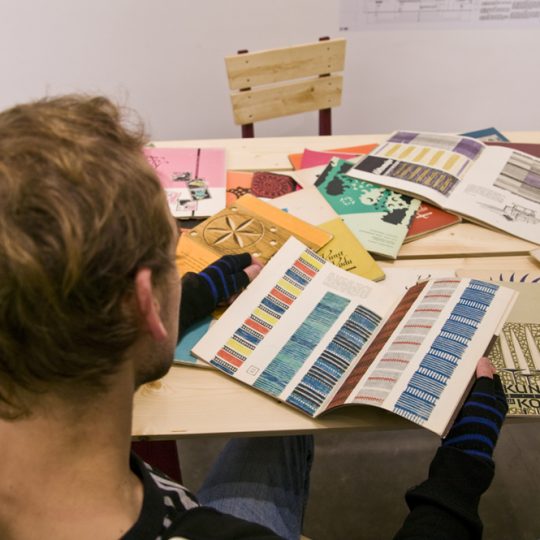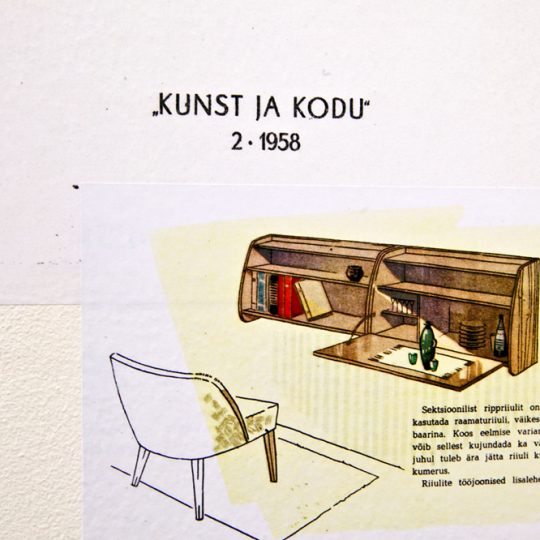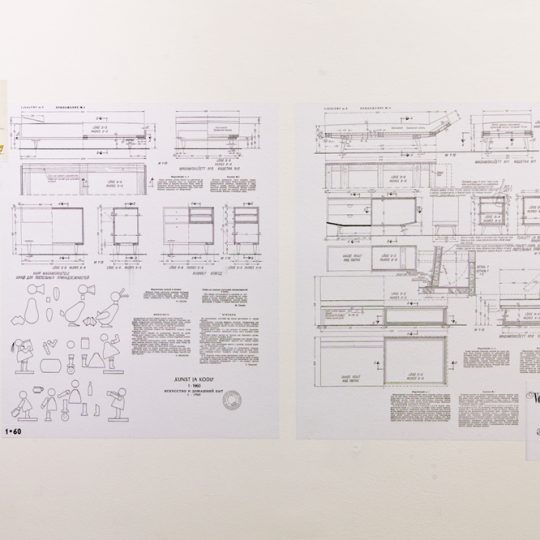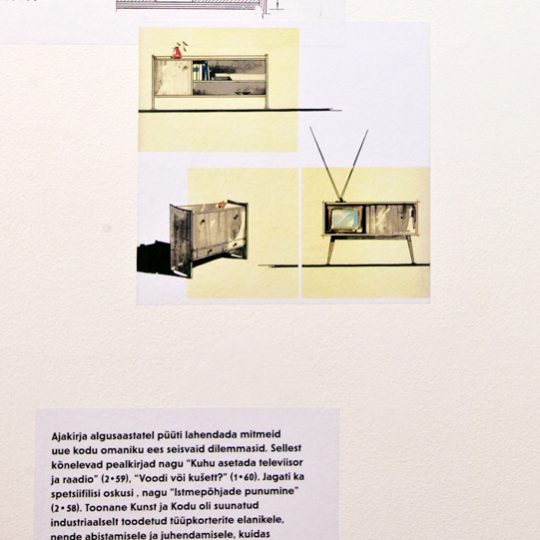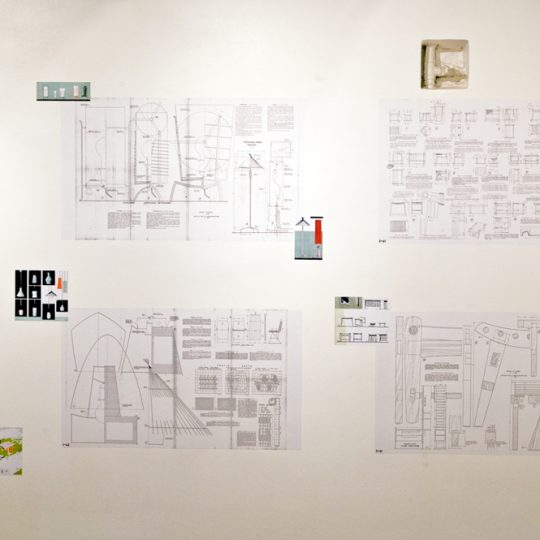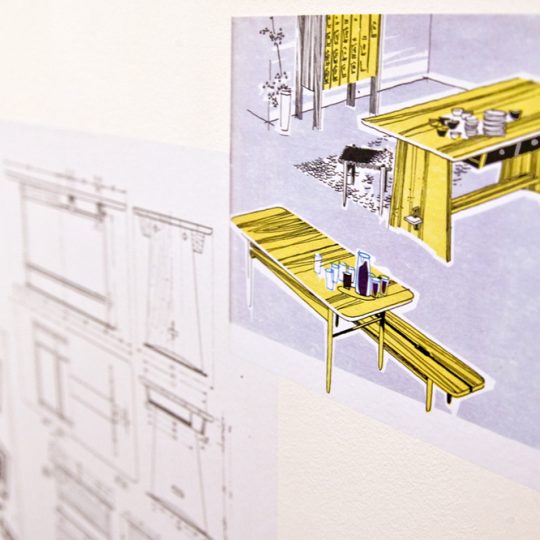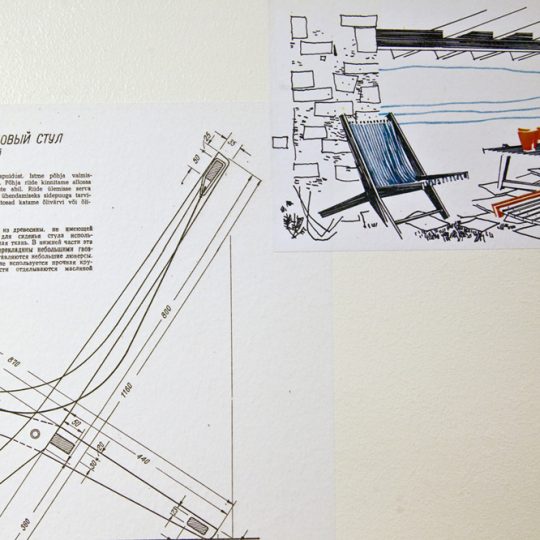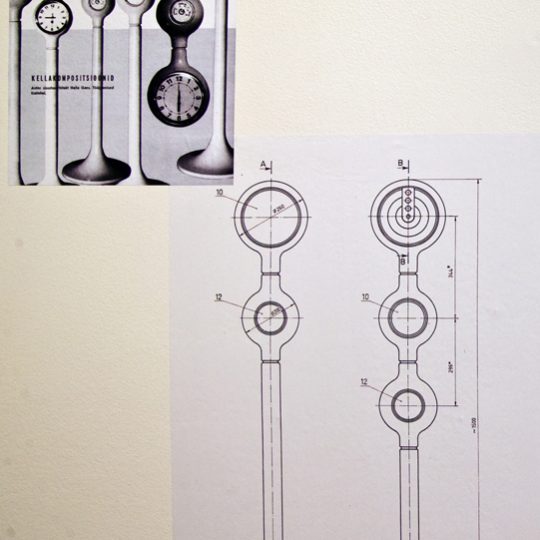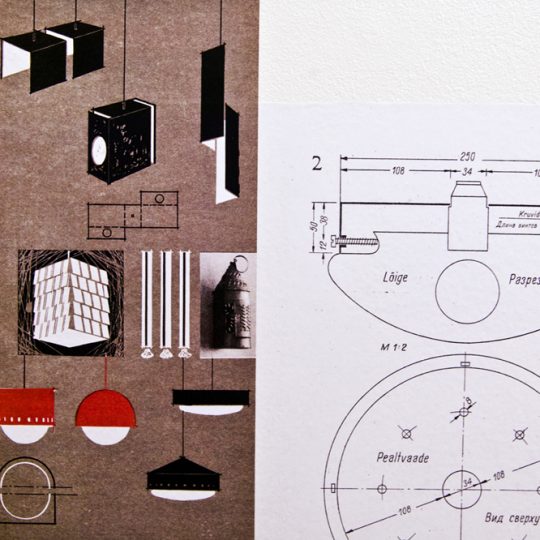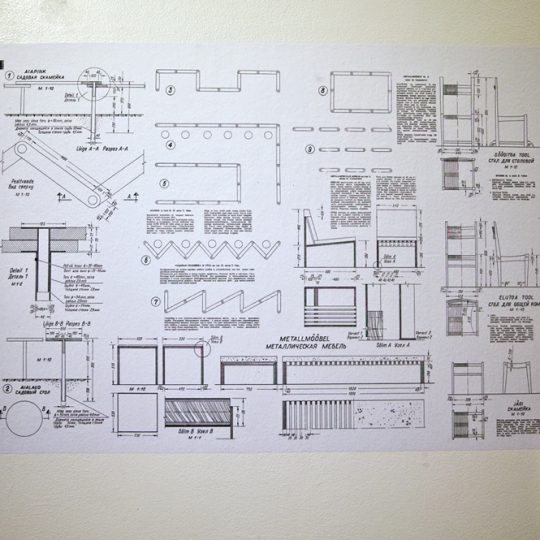„Know How“
Curator: Kärt Maran (EST)
Curatorial team: Ketli Tiitsar, Kai Lobjakas, Ele Praks, Tiina Sarapu, Kristi Paap (EST)
Exhibition design: Ott Kadarik, Tuuli Aule (EST)
Invited artists: Autonomatic (GB) – Katie Bunnell, Tavs Jørgensen, Justin Marshall, Drummond Masterton
Artists: Roja Aslani (CAN/GB), Inguna Audere (LV), Kristína Baloghová Hrončeková (SK), Elisabeth Billander (SWE), Marta Boan (ES), Jana Bohl (DE), Frédéric Braham (FRA/ NL), Richard Cook (GB), Fran Edgerley (GB), Jaan Evart (EST) / Julian Hagen (AT) / Daniël Maarleveld (NL), Jantje Fleischhut (DE/ NL), Marion Fortat (DK / FRA), Rihards Funts (LV), Efrat Gommeh (IL), Jonatan Hildén (FI), Kieren Jones (GB), Tove Knuts (SWE), Esin Küçükbiçmen (TR), Jānis Kupčs (LV), Helena Lehtinen (FI), Tuija Helena Markonsalo (FI), Tal Mor (IL), Maria Nuutinen (FI), Urmas Puhkan (EST), Silja Puranen (FI), Jaan Pärn (EST), Anu Raud (EST), Mette Saabye, Taani Adolfas Šaulys (LT / EST), Ilona Šauša (LV), Cay Schröder (NL), Pavel Sidorenko (EST), Jade Stoller (GB), Annika Teder (EST), Patricia Thomazo (NL), Miriam Elisabeth Verbeek (NL)
In 2009, the Tallinn Applied Art Triennial took place as an international event for the fifth time. To find a theme and curator for the triennial, the society’s management held an invitational competition; the young designer and artist Kärt Maran was selected as the winner with a project called “Know How”. The exhibition poses provocative questions: What is the essence and objective of applied art? Are works born of jealously guarded know-how and artistic egocentrism the only creative path? “Know How” is an experiment that sets out to prove that good design and applied art are founded on ideas, not on keeping secret the method and skill for executing the design – in its own way, it is thus a reaffirmation of the social nature of applied art.
This year’s triennial followed the competition exhibition format of years past. Applications were received from 142 artists – a total of 176 works from 28 countries. A five-member jury selected the works of 38 artists to be displayed at the triennial exhibition. In addition to the main exhibition two satellite exhibitions took place “Estonian Academy of Arts Know How. Isn’t it so simple?” and “Practical Kunst ja Kodu”, international seminar and artists’ presentations day were held. The catalogue covering the Triennial’s main exhibition and all the other events of the Triennial was published.
Laureates
3 equal prizes:
Marta Boan (ES)
Jaan Evart (EST), Julian Hagen (AT), Daniël Maarleveld (NL)
Kieren Jones (GB)
Jury
Exhibition jury: Andres Kurg, art historian, researcher (EST), Kärt Maran, curator of 5th Tallinn Applied Art Triennial (EST), Kärt Ojavee, designer and researcher of interactive textiles and patterns, EAA; TUT Center for Biorobotics (EST), Martin Pärn, designer, KNOK (EST), Ketli Tiitsar, jewellery artist, chairwoman of Tallinn Applied Art Triennial Society (EST)
Prize jury: Jaan Elken, president of the Estonian Artists’ Association (EST), Andres Kurg, art historian, researcher, EAA Institute of Art History (EST), Kärt Maran, curator of 5th Tallinn Applied Art Triennial (EST), Kärt Ojavee, designer and researcher of interactive textiles and patterns, EAA; TUT Center for Biorobotics (EST), Kadi Polli, member of the Cultural Endowment of Estonia, endowment of visual and applied arts; director of Kadriorg Art Museum (EST), Martin Pärn, designer, KNOK (EST), Ketli Tiitsar, jewellery artist, chairwoman of Tallinn Applied Art Triennial Society (EST)
“Estonian Academy of Arts Know How. Isn’t it so simple?”
Curators: Eeva Käsper and Tiina Sarapu
The following individuals served as advisors and mentors to the students: Ingrid Allik, Reet Aus, Eeva Käsper, Krista Leesi, Marve Riisalu, Tiina Sarapu, Annika Teder, Katrin Lehtjõe, Dobany Sandor
Artists: Sandra Allemann, Piret Ellamaa, Kaie Irval, Triin Kaiv, Jelena Kapparova, Pirjo Kongo, Kaisa Kottise, Kaisa Laas, Henna Lappalainen, Maris Loitmets, Kristina Merilo, Karin Mölder, Eva-Maria Murel, Liisa Pähk, Maie Reinomägi, Margaret Skatshko, Kristina Tatarinova, Anne Vainoja, Maaria Vilipere, Evelin Voksepp, Lucy Zarip
This satellite exhibition “Estonian Academy of Arts Know How. Isn’t it so simple?” was directly based on the triennial concept. It is directly related to the learning environment in a number of ways. The exhibition theme raised questions such as: what sort of ideas are people willing to share? What sorts of technology or techniques are people most willing to share? What sorts of artists or designers who are conversant in the details of a manufacture process, and have the capacity and will to put it into circulation and share it? Who will make the time in their busy day today? What is the deeper meaning of such activities?
The exhibition features students of the Estonian Academy of Arts design school’s ceramics, glass, fashion, leather and textile specialities.
„Practical Kunst ja Kodu (Art & Home)“
12.-23.11.2009 Hobusepea Gallery
Curator: Kai Lobjakas
The Kunst ja Kodu almanac first appeared in 1958, which is a very intriguing phenomenon in many aspects. Given the theme of this year’s triennial – the dissemination of high-quality designs in the public domain – it is interesting to view Kunst ja Kodu as a platform that promoted do-it-yourself kinds of projects among the readership.
The central goal of Kunst ja Kodu was to develop the “reader’s aesthetic taste in matters of domestic culture” and in light of or in anticipation of the unavailability of necessary furnishings: “to provide working drawings for making household items the home-made way … considering materials available to all, the existing opportunities and contemporary tastes” (1/1958). It retained these interests as well as its practical advice-giving position until the early 1970s, at which point a young editor with a new vision took over the editing of the magazine. Alongside general educational topics, ideas and do-it-yourself projects proved important right from the early days.
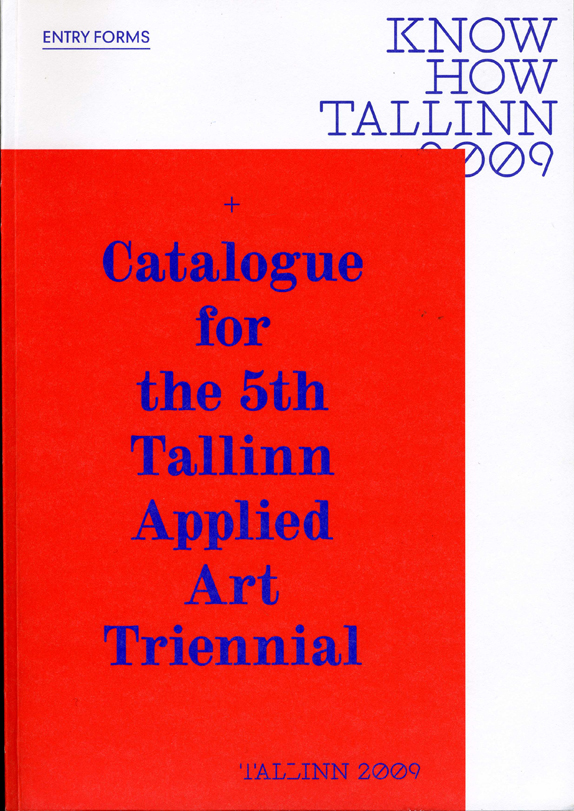
Catalogue
Compiled by Kristi Paap
Designed by Risto Kalmre, Konst & Teknik
Publisher: NGO Tallinn Applied Art Triennial Society
216 pages
ISBN 978-9949-18-781-2
Tallinn 2009

